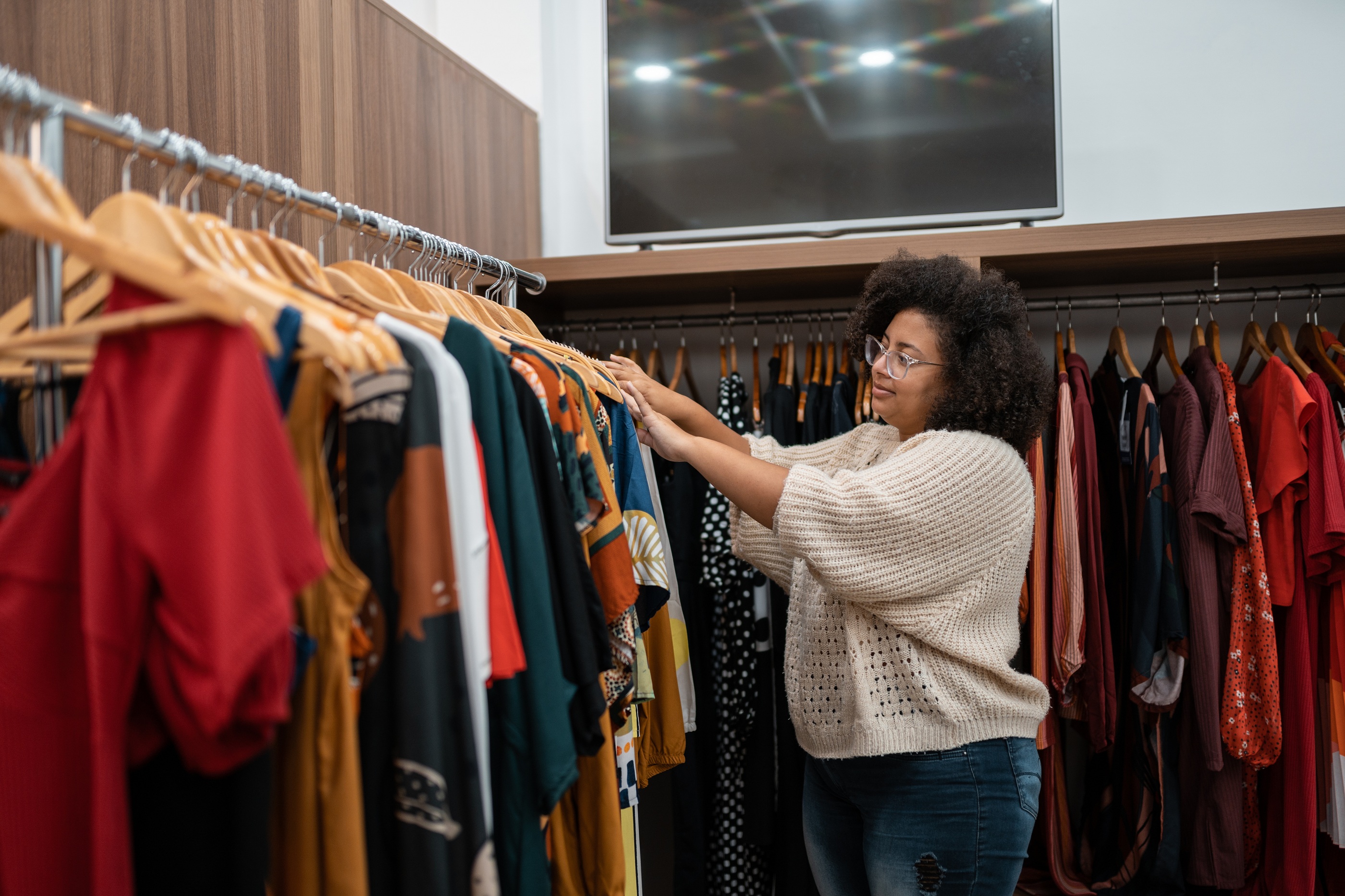Polyvore.com uses data to track fashion trends
TEXT OF STORY
JEREMY HOBSON: It’s pretty typical for businesses to make decisions based on what customers want. But for decades the fashion industry has bucked that trend. Instead of the market driving fashion, fashion has driven the market.
Now, as Marketplace’s Adriene Hill reports, that’s starting to change.
ADRIENE HILL: There are moments — flipping through dresses on racks at a store — when I see something truly terrible, like a really ugly barf-brown dress, and wonder what in the world the designer was thinking. But soon, those fashion whiffs could become much less frequent, as data mining comes to haute and not so haute couture.
JESS LEE: The fashion industry has been in particular, fairly closed for awhile I think. It’s always been a little bit top down.
Jess Lee is the co-founder of the fashion site Polyvore which allows you to make collages of your favorite clothes. Think magazine fashion spreads — matching high and low end fashion from all over the web. And when you choose to include that Prada blouse in your collage, maybe with that skirt from H&M, Polyvore keeps track
LEE: A new Polyvore set is created every 3 seconds. So we’re sitting on a very large goldmine of data about products. What products people want, what brands are being used, what trends are on the rise.
All that data allows designers and buyers to see how potential customers interact and don’t with their different styles. Designers can track performance of their brand on Polyvore’s analytics site. They can also see what trends are doing well for other companies. And they partner with the site to run contests, encouraging people to style with their newest lines. And all the new data that’s out there is changing what fashion is. Marshall Cohen is a retail analyst with the NPD Group.
MARSHALL COHEN: Fashion, which was always known as a very risk taking and very avante garde and forward business has been pressured over the last decade to find new ways to be just as profitable as any other area in retail.
Information generated by sites like Polyvore and other online fashion communities can help reduce risk, which means that in the future, that brown frumpy dress may not wind up on 90 percent off rack — or even getting made in the first place. But it might also become harder to find something truly unique.
I’m Adriene Hill for Marketplace.

You can learn more about Polyvore.com, and submit your own Polyvore collage, on our News In Brief blog.
There’s a lot happening in the world. Through it all, Marketplace is here for you.
You rely on Marketplace to break down the world’s events and tell you how it affects you in a fact-based, approachable way. We rely on your financial support to keep making that possible.
Your donation today powers the independent journalism that you rely on. For just $5/month, you can help sustain Marketplace so we can keep reporting on the things that matter to you.


















